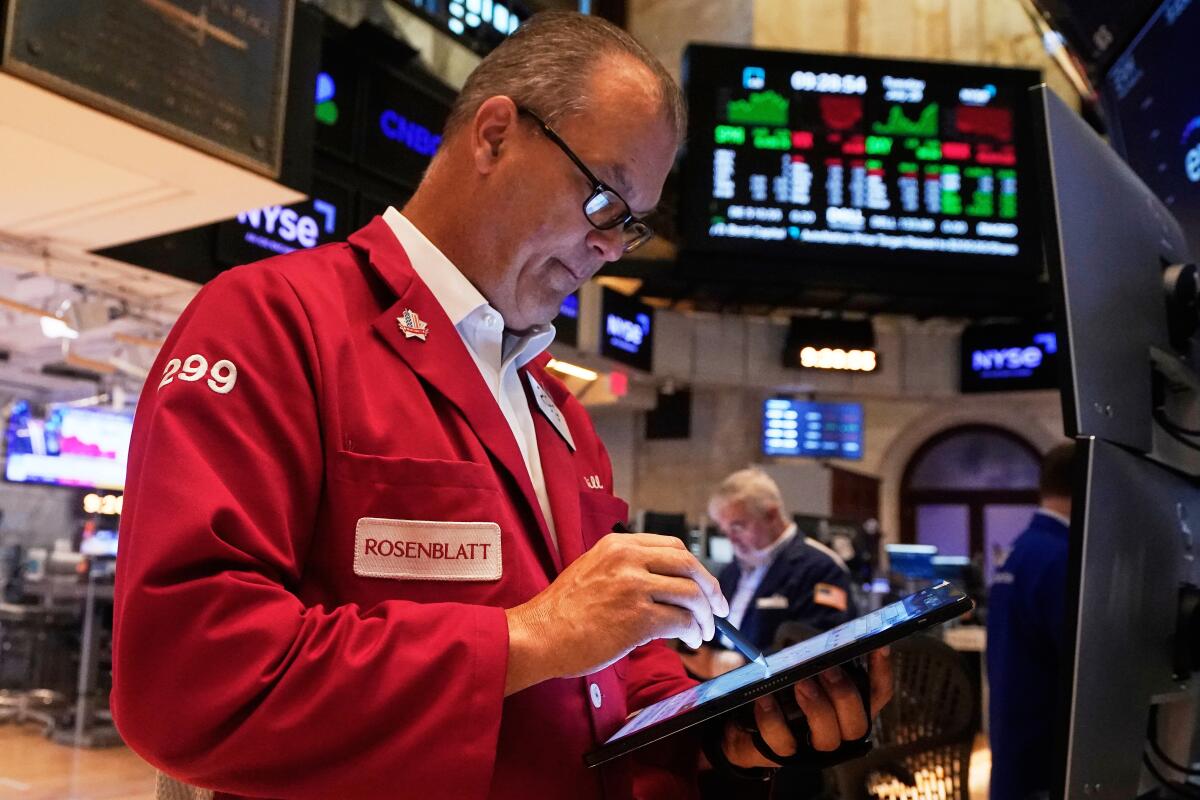What if global asset prices go into a meltdown?
What if global asset prices go into a meltdown as we saw in the wake of President Trump’s ‘liberation day’ announcement in early April?

That period was unusual because risk aversion surged but so-called ‘safe assets’ such as the dollar and treasuries plummeted in price. If risk aversion surges again will the dollar and treasury prices prove similarly vulnerable, or were the moves earlier in the year just a one-off?
Global asset prices have been far more stable, or even stronger, recently. Equities have rallied in recent months while the dollar and bond yields have been becalmed compared to what we saw earlier in the year. But we know that this more positive environment could end very quickly. President Trump could help to engineer the removal of Fed Chair Powell before his term ends. His meeting with President Putin on Friday could result in such acrimony that markets fear for the consequences. US tariffs might be declared illegal (again) by US courts, causing the president to lash out. Economic data could suddenly take a stagflationary wrong turn.
All of these, and more, could prompt another surge in global risk aversion amongst investors. We know what this would do to equities. But what would it do to the dollar and treasuries? When it comes to the dollar the received wisdom concerning the plunge earlier this year was that it reflected rapid hedging of open long-US dollar positions by global investors who were exposed to cratering equities. If that was the case, and if investors are now more balanced in their funding of equity positions, it would suggest that the dollar can ride out any surge in risk aversion. It might even revert to its pre-liberation-day response, and rally as risk aversion soars. Alternatively, events around liberation day may act as a catalyst for a fundamental reassessment of the US dollar’s value as a safe asset, so that more risk aversion now will mean more dollar weakness.
In short, muscle memory from April might convince currency traders to hit the US dollar ‘sell’ button the moment risk assets such as stocks go into any sort of nose-dive. But is there justification for the dollar’s safe asset position to have left the room forever? There might be. Part of this relates to the proposition that US policymakers are not acting like guardians of the worlds safe (currency) asset. Tariffs and political pressure on the Fed could be seen as factors that undermine the safe-asset allure of the dollar. But if that’s correct, any loss of the dollar’s safe-asset role might prove temporary; set to return once the current Administration is gone. But that would still not be for some while and the damage in the meantime could be substantial.
A second point is that diminution of the US dollar’s safe-asset role could be distinct from any of these guardianship concerns. For instance, we have mentioned before how central bank FX swaps give those who are short of the dollar comfort that some sort of US dollar shortage, like that we saw during the global financial crisis (GFC), won’t happen again. It is notable that surges in risk aversion after the GFC, like the pandemic or Russia’s invasion of Ukraine, produced far less US dollar strength that prior risk-off episodes, possibly due to these FX swaps.
In addition, there is the argument that the US dollar is losing global status. This too could undercut its safe-asset qualities. On this, Steven Barrow, Head of Standard Bank G10 Strategy argues that the evidence is pretty scant apart, perhaps from some reserve reallocation amongst central banks. Nonetheless, it is a hot topic and while some, such as Treasury Secretary Bessent suggest that dollar dominance in stablecoins will secure US financial hegemony there are many others, such as the BIS, who are warning that it could mean financial instability.
In other words, in Steven Barrow’s opinion, trying to secure dollar dominance might do the opposite. Of course, we don’t know the answer to this and, more broadly we don’t know whether the dollar will fall again if risk aversion suddenly surges. But if risk aversion soars and if the dollar falls, it will hint that the plunge in the greenback earlier in the year when risk assets toiled was not a one off. As such, it could easily generate the sort of muscle memory that pressurises the greenback whether the world is in risk-off mode or not.








